Liposuction is a procedure that deals with unwanted fat and removes it from specific areas of your body. It can be your abdomen, buttocks, cheeks and neck, chin, hips, thighs or upper arms.
Liposuction, also known as lipoplasty, has new techniques that provide more precise results. For example, ultrasound-assisted lipoplasty (UAL), the tumescent technique, and the super-wet technique are three ways that deal with stubborn areas of fat that have not responded to dieting and exercise.
Liposuction is a highly effective cosmetic procedure designed to remove stubborn fat deposits that are resistant to diet and exercise. By targeting specific areas of the body, liposuction can help patients achieve a more contoured and aesthetically pleasing silhouette. This procedure is particularly beneficial for individuals who are close to their ideal body weight but struggle with localized fat deposits. Here are some key benefits of liposuction:
Anyone in good physical health is a good candidate. Liposuction is becoming a popular procedure but you must have realistic expectations of what it will do for you. This surgery will improve your physical appearance by getting rid of excess fat.
Liposuction is ideal for people who have excess fat in certain areas such as abdomen, buttocks and thighs. The procedure may be an issue with diabetics or people with heart or lung disease.
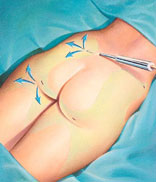
The surgeon inserts a cannula through a small incisions in the skin. At the other end of the tube is a vacuum-pressure unit that suctions off the fat.
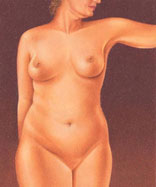
Women may have liposuction performed under the chin, on their hips, thighs, and stomach, and in the under arm and breast area.
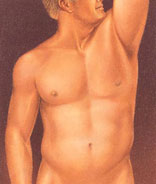
For men, common sites include under the chin and around the waist. Liposuction may also be used in the reduction of enlarged male breasts, a condition known as gynecomastia.
A technique in which a medicated solution is injected into your targeted area(s). The fluid combines salt solution, lidocaine and epinephrine to make it easier to excrete the fat. It also reduces blood loss and the amount of bruising after your surgery.
Used when dealing with large volumes of fluid that takes out a bigger amount of fat. It can take up to five hours, longer than the traditional liposuction.
Similar to tumescent but with an equal amount of fluid injected to match the amount of fat being taken out. There is less fluid involved and takes only one or two hours.
Uses ultrasonic energy through the areas of fat. That energy explodes the walls of the fat cells which liquify the fat before it is removed with a typical liposuction technique. UAL has been known to be effective for fibrous areas such as the upper back or the enlarged male breast. It is an enhanced precision that takes longer to perform than traditional liposuction.
Liposuction is a safe procedure. Like any surgery, there are risks involved, especially if more than one area is treated at the same time.
Complications are rare but include bad reaction to drugs, damage to the skin or nerves, formation of fat or blood clots, fluid loss, infection and slow healing. Although the scars are hidden as best as possible, they can leave the skin surface looking a little irregular or asymmetric.
The long-term effects of newer techniques like UAL remains unknown. These procedures have been successfully performed but the impact of ultrasound energy on the body could cause injury to the skin. The anesthetic fluid injected during a tumescent or super-wet procedure could cause lidocaine toxicity or assemble fluids in the lungs.

Women may have liposuction performed under the chin, on their hips, thighs, and stomach, and in the under arm and breast area.

For men, common sites include under the chin and around the waist. Liposuction may also be used in the reduction of enlarged male breasts, a condition known as gynecomastia.
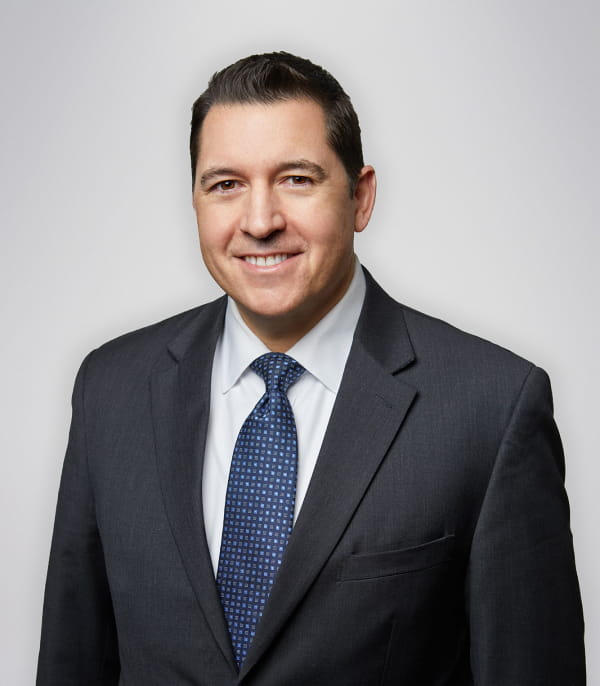
During your initial Liposuction consultation, you will have the chance to discuss your goals and concerns about the surgery. Dr. Bartholomew will evaluate your health and make recommendations based on your fat deposits and the condition of your skin. He will go over the details of each procedure and the pros and cons of what each has to offer you. Dr. Bartholomew strives to offer the best Liposuction Portland has to offer and will suggest the best methods for you depending on your specific needs.
It can be overwhelming with the number of options available to you. Dr. Bartholomew can explain the right Liposuction technique for you and what will be the most effective and safest treatment.
You will receive instructions to prepare for your surgery from what not to eat and drink to dealing with your medications. You should plan on asking for a family member or a friend to drive you home after your surgery.
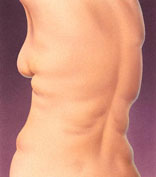
Healthy, normal-weight people with elastic skin and pockets of excess fat are good candidates for surgery.
How long your surgery will take will depend on what exactly you are getting done, in which areas, and which type of liposuction technique.
Liposuction removes fat from one or more areas of your body through an incision where a narrow tube is inserted to vacuum the fat underneath your skin. The fat cells are broken up and suctioned out via a vacuum pump or a large syringe. Dr. Bartholomew will repeat the cycle for each area that is being treated. He works hard at making the incisions as inconspicuous as possible. You will receive intravenous fluids to replace the fluid that is lost when the fat is taken out.

The best candidates for liposuction are of normal weight with localized areas of excess fat-- for example, in the buttocks, hips, and thighs.
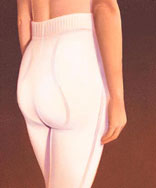
A snug compression garment worn after surgery helps reduce swelling.
During recovery, our Portland Liposuction patients will likely feel some discomfort, including burning sensation, bleeding and swelling. You will probably feel a little stiff and sore for a few days. Dr. Bartholomew may prescribe medications for pain relief and antibiotics to prevent any infection.
It is normal to expect fluid drainage from the incisions after your surgery. For a couple of days, you may have a small tube inserted beneath your skin to prevent fluid build-up. You may need to wear an elastic garment to deal with the swelling and aid your skin to better fit your new contours.
You will be encouraged to start moving around as soon as you feel up to it to help prevent blood clots, especially in your legs. After liposuction, you can go back to work within a few days but expect to feel tired for a couple of weeks. Avoid strenuous activities for a month.
Your stitches will either be removed or dissolve on their own within ten days. The swelling should fade within three weeks but can remain for more than six months. Make sure to see your doctor if you experience unusual symptoms such as heavy bleeding.
Allow up to six weeks before seeing the results of the procedure, especially after the swelling dissipates. That’s when your new contour will be more noticeable.
Ultimately, liposuction will enhance your appearance and get your self-confidence back. You will look and feel great in your clothes. Liposuction will transform your life in many ways.
Liposuction offers transformative results for patients looking to refine their body contours by eliminating stubborn fat deposits. The outcomes of this procedure can significantly enhance one's appearance and boost self-confidence. Here's what you can expect from your liposuction results:
As the body heals, the skin will adjust to the new contours. Wearing a compression garment, as recommended by Dr. Bartholomew, can help support this process and enhance the overall outcome. The skin's elasticity plays a crucial role in how well it conforms to the new shape.
The fat cells removed during liposuction are permanently eliminated. However, maintaining a stable weight through a healthy diet and regular exercise is essential to preserving your new body shape. Weight fluctuations can affect the results, potentially leading to the formation of new fat deposits in untreated areas.
The most rewarding aspect of liposuction is the enhanced body contours it provides. Patients often experience a more proportionate and aesthetically pleasing silhouette, which can lead to greater satisfaction with their appearance.
Achieving the desired body shape can have a profound impact on self-esteem and confidence. Many patients report feeling more comfortable and happy in their clothing, and they often enjoy participating in activities they previously avoided due to body image concerns.
Understanding the cost of liposuction is an essential part of planning your body contouring journey. The price of liposuction can vary significantly based on several factors, including the surgeon's experience, the location of the surgery center, the type of anesthesia used, and the number of areas being treated. On average, the cost of liposuction is around $6,825, with prices typically ranging from $3,000 to $17,000.
The cost of liposuction involves several variables, including the surgeon's experience, the surgery center's location, the type of anesthesia used, and the number of treatment areas. While the initial area treated may have higher costs due to fixed fees, additional areas often have lower incremental costs. Understanding these factors can help you plan accordingly and ensure you receive the best possible care.
Is Liposuction painful? What does it feel like?
Liposuction is performed under anesthesia, so you won't feel pain during the procedure. Post-surgery, you may experience discomfort, swelling, and soreness, similar to muscle soreness after a strenuous workout.
Is Liposuction safe? What are the risks?
Liposuction is generally safe when performed by a qualified surgeon. However, like any surgical procedure, it carries risks such as infection, bleeding, and adverse reactions to anesthesia. Always consult with your surgeon to understand the risks involved.
Is Liposuction permanent? Will I need follow-up sessions?
The results of liposuction are permanent as the fat cells removed do not return. However, maintaining a stable weight is crucial, as significant weight gain can lead to new fat deposits in untreated areas. Follow-up sessions are typically not necessary if a stable weight is maintained.
Does Liposuction cause weight loss?
Liposuction is not a weight-loss procedure. It is designed for body contouring and removing stubborn fat deposits. The amount of weight lost is usually minimal, and the focus is on improving body shape.
Will I have to wear compression garments after liposuction?
Yes, wearing compression garments after liposuction is recommended to help reduce swelling, support your new contours, and improve healing. Your surgeon will provide specific instructions on how long to wear them.

